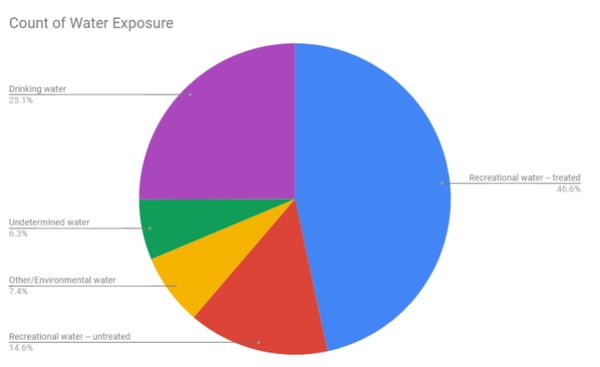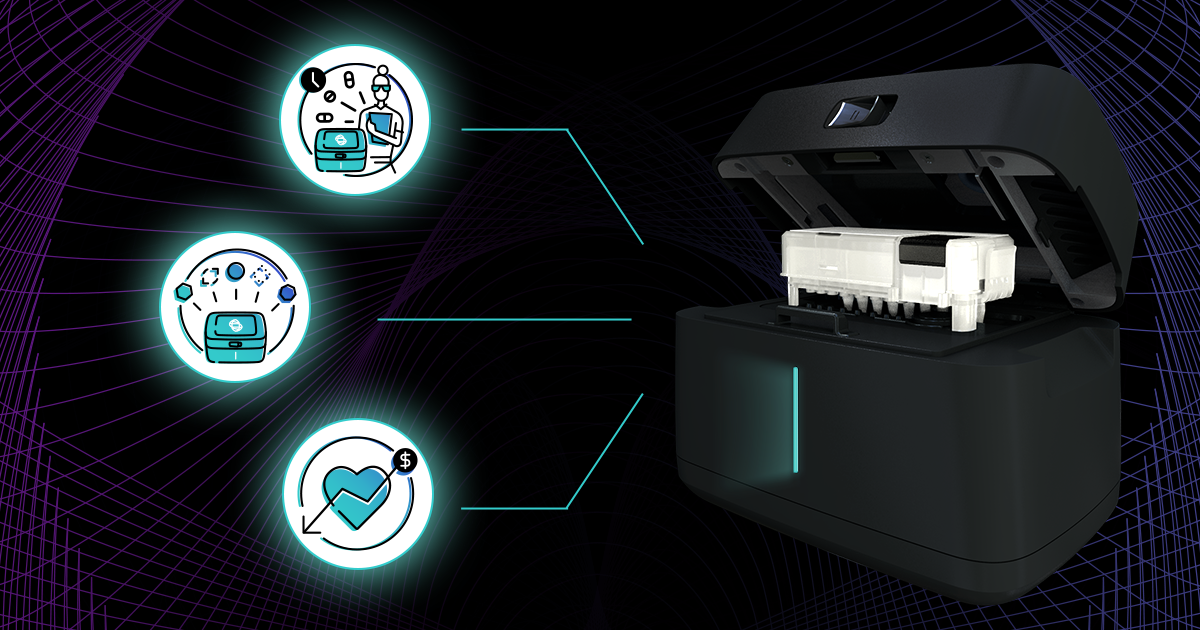Written By: Biomeme Staff

To meet these requirements, Biomeme has invested heavily in the development of environmental DNA (eDNA) assays. As organisms interact with the environment, DNA is expelled and accumulates in their surroundings. eDNA is DNA that is collected from environmental samples, such as seawater or freshwater, rather than directly from an individual organism. This technique can reliably detect the presence of aquatic species and microbes with ease. Biomeme is developing a number of assays that will allow users to generate actionable data cost-effectively. Furthermore, these products will make it easy to monitor the biological status of their water. Just filter water, extract DNA using Biomeme's M1 Sample Prep kit and process the sample using a Biomeme thermocycler. In addition, thanks to the portability of the Biomeme platform, this information arrives much faster than if the sample were sent to a central lab. In the future, we believe that this testing method will be as common and as crucial to public health as ph testing.
Get the latest tips from Biomeme shipped right to your inbox

Host response testing allows physicians to quickly rule out entire categories of potential infection to narrow their focus to the likely culprits for an illness. This can enable physicians to make...
401 North Broad St Suite 222 Philadelphia, PA 19108